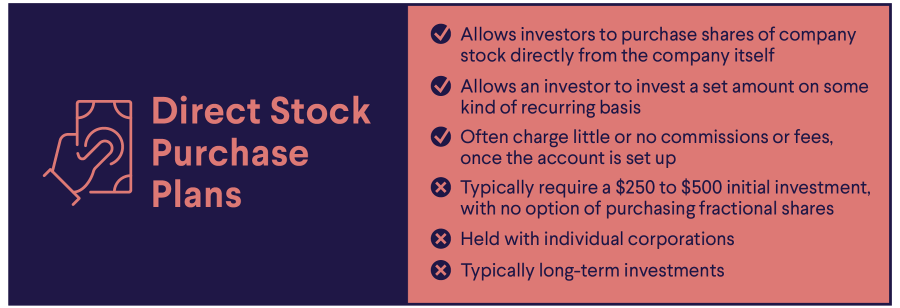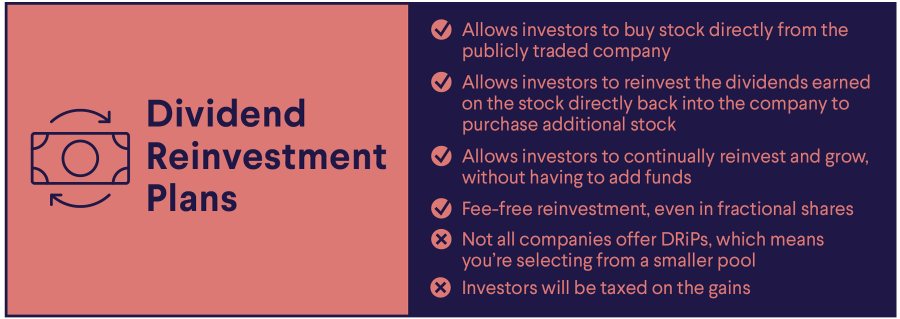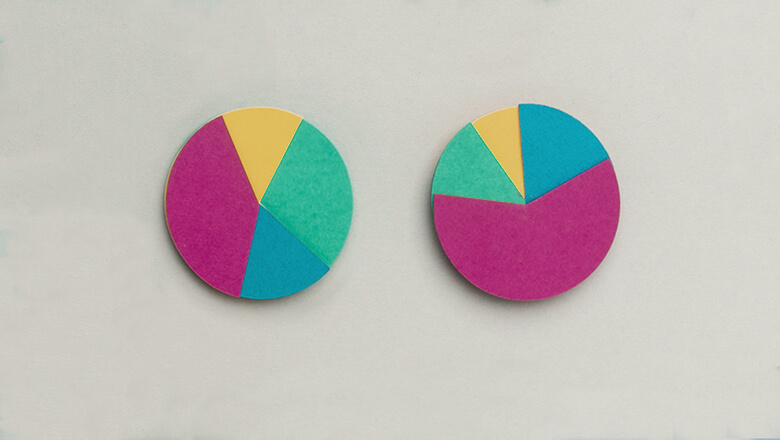When Can I Retire Calculator
When it comes to figuring out when you can retire, there are a number of factors to consider: Social Security, inflation, and health care costs.
Thankfully, there’s retirement calculators for figuring out these costs, which might help you plan for the future. But first, to decide when you can retire, determine at what age you want to retire and then see how that decision affects your finances.
Key Points
• Factors to consider when deciding when to retire include Social Security benefits, inflation, and healthcare costs.
• The full retirement age for Social Security benefits varies based on birth year.
• Early retirement can result in reduced Social Security benefits, while delaying retirement can increase monthly benefits.
• Different retirement accounts have specific rules for withdrawals, such as Roth IRAs and traditional IRAs.
• Other sources of retirement income to consider include part-time work, pensions, inheritance, and rental income.
When Can You Get Full Social Security Benefits?
As you consider when to apply for Social Security, you’ll want to understand at what age the government allows people to retire with full Social Security benefits. Not only that, at what age can people start withdrawing from their retirement accounts without facing penalties? For Social Security, the rules are based on your birth year.
The Social Security Administration has a retirement age calculator . For example, people born between 1943 and 1954 could retire with full Social Security benefits at age 66.
Meanwhile, those born in 1955 could retire at age 66 and two months, and those born in 1956 could retire at age 66 and four months. Those born in or after 1960 can retire at age 67 to receive full benefits. This can help with your retirement planning.
Social Security Early Retirement
A recipient will be penalized if they retire before full retirement age. The earlier a person retires, the less they’ll receive in Social Security.
Let’s use Jane Doe as an example and say she was born in 1960, so full retirement age is 67. If she retires at age 66, she’ll receive 93.3% of Social Security benefits; age 65 will get Jane 86.7%. If she retires on her 62nd birthday — the earliest she can receive Social Security — she’ll only receive 70% of earnings.
Here’s a retirement planner table for those born in 1960, which shows how one’s benefits will be reduced with early retirement.

Source: Social Security Administration
Social Security Late Retirement
If a person wants to keep working until after full retirement age, they could earn greater monthly benefits. This is helpful to know when choosing your retirement date.
For example, if the magic retirement number is 66 years but retirement is pushed back to 66 and one month, then Social Security benefits rise to 100.7% per month. So if your monthly benefit was supposed to be $1,000, but you wait until 66 years and one month, then your monthly allotment would increase to $1,007.
If retirement is pushed back to age 70, earnings go up to 132% of monthly benefits. But no need to calculate further: Social Security benefits stop increasing once a person reaches age 70. Here is a SSA table on delayed retirement .
💡 Quick Tip: You can’t just sit on the money you save in an IRA account forever. The government requires withdrawals each year, starting at age 73 (for those born in 1950 or later). These are called required minimum distributions or RMDs.
Get a 1% IRA match on rollovers and contributions.
Double down on your retirement goals with a 1% match on every dollar you roll over and contribute to a SoFi IRA.1
1Terms and conditions apply. Roll over a minimum of $20K to receive the 1% match offer. Matches on contributions are made up to the annual limits.
Other Retirement Income to Consider
In retirement, you may have other income sources that can help you support your lifestyle and pay the bills. These might include:
Part-Time Work
Working after retirement by getting a part-time job, especially if it’s one you enjoy, could help cover your retirement expenses. And as long as you have reached your full retirement age (which is based on your year of birth, as noted above), your Social Security benefits will not be reduced, no matter what your earnings are.
However, if you retire early, you need to earn under an annual limit, which is $22,320 in 2024, and $23,400 in 2025, to keep your full benefits. If you earn more than that, you’ll lose $1 in Social Security benefits for every $2 you earn over the limit.
Pension
A pension, also sometimes known as a defined benefits plan, from your employer is usually based on how long you worked at your company, how much you earned, and when you stopped working. You’ll need to be fully vested, which typically means working at the company for five years, to collect the entire pension. Check with the HR rep at your company to get the full details about your pension.
A pension generally gives you a set monthly sum for life or a lump sum payment when you retire.
Inheritance
If you inherit money from a relative, these funds could also help you pay for your retirement. And fortunately, receiving an inheritance won’t affect your Social Security benefits, because Social Security is based on money you earn.
Rental Income
Another potential money-earning idea: You could rent out a home you own, or rent out just the upper floors of the house you live in, for some extra income in retirement. Like an inheritance, rental income will not affect your social security benefits.
Major Expenses in Retirement
It’s important to draw up a budget for retirement to help determine how much money you might need. The amount may be higher than you realize. These are some of the major expenses retirees commonly face.
Healthcare
For most people, healthcare costs increase as they get older, as medical problems can become more serious or pervasive. According to Fidelity, the average amount that a couple who are both age 65 will spend on healthcare during their first year of retirement is $12,300.
Housing
Your mortgage, home insurance, and the costs of maintaining your house can be a significant monthly and yearly expense. In fact, Americans aged 65 and older spent $16,880 annually on housing during the years from 2016 to 2020, according to the Bureau of Labor Statistics.
Travel
If you’re planning to take trips in retirement, or even just drive to visit family, transportation costs can quickly add up. From 2016 to 2020, people over age 65 averaged about $7,062 in transportation costs a year.
When Can You Withdraw From Retirement Accounts?
Now let’s look at retirement accounts. Each type of account has different rules about when money can be taken out.
If a Roth IRA account has existed for at least five years, withdrawals from the account are usually okay after age 59 ½ without consequences. Taking out money earlier or withdrawing money from a Roth IRA that’s been open for fewer than five years could result in paying penalties and/or taxes.
There is a little wiggle room. Retirement withdrawal rules do have exceptions for issues like disability or educational expenses, and there is an option to withdraw money early and pay taxes or penalties.
If a person is at least 59 ½ and has a Roth IRA that is less than five years old, taxes will need to be paid upon withdrawal but not penalties. Taxes or penalties might not need to be paid at age 59 ½ and if the Roth IRA has been open for five years or more.
People with a traditional IRA can make withdrawals from ages 59 ½ to 72 without being penalized. The government will charge a 10% penalty on withdrawals before age 59.5, and depending on location, a state penalty tax might also be charged.
People with 401(k)s can typically retire by age 55 and make withdrawals without receiving a penalty. People with either a traditional IRA or 401(k) must start making withdrawals by age 72 or face a hefty penalty.
💡 Quick Tip: Did you know that opening a brokerage account typically doesn’t come with any setup costs? Often, the only requirement to open a brokerage account — aside from providing personal details — is making an initial deposit.
Test your understanding of what you just read.
The Takeaway
Deciding at what age to retire is a personal choice. However, by planning ahead for some common expenses, and understanding the age at which you can get full Social Security benefits, you can use a retirement calculator formula to figure out how much money you’ll need each year to live on. And you can supplement your Social Security benefits with other forms of income and by making smart decisions about savings and investments.
Ready to invest in your goals? It’s easy to get started when you open an investment account with SoFi Invest. You can invest in stocks, exchange-traded funds (ETFs), mutual funds, alternative funds, and more. SoFi doesn’t charge commissions, but other fees apply (full fee disclosure here).
FAQ
How do I calculate my retirement age?
To calculate your full retirement age, which is the age you can receive your full retirement benefits, you can use the Social Security administration’s retirement age calculator . Essentially, if you were born in 1960 or later, your full retirement age is 67. For those born between 1954 and 1959, the full retirement age is between 66 and 67, depending exactly how old they are when they retire (such as age 66 and two months). And for those born between 1943 and 1954, full retirement age is 66.
The earlier you retire before your full retirement age, the less you’ll receive in benefits. Conversely, the longer you keep working, up to age 70, the more you can receive.
Can you legally retire before 55?
Yes, you can legally retire before age 55. However, your Social Security benefits typically won’t kick in until age 62. And even then, because you’ll be tapping into those benefits before your full retirement age of 66 or 67, you’ll get a reduced amount, or just 70%, of your benefits.
There is something called the rule of 55 that allows you to withdraw funds from a 401(k) or 403(b) at age 55 without paying a penalty. That may be something to look into if you’re planning to retire early.
Can you retire after 20 years of work?
In some lines of work, you can retire after 20 years on the job and likely get a pension. This includes those in the military, firefighters, police officers, and certain government employees.
That said, anyone in any industry can retire at any time. However, Social Security benefits don’t typically begin until age 62.
SoFi Invest®
INVESTMENTS ARE NOT FDIC INSURED • ARE NOT BANK GUARANTEED • MAY LOSE VALUE
1) Automated Investing and advisory services are provided by SoFi Wealth LLC, an SEC-registered investment adviser (“SoFi Wealth“). Brokerage services are provided to SoFi Wealth LLC by SoFi Securities LLC.
2) Active Investing and brokerage services are provided by SoFi Securities LLC, Member FINRA (www.finra.org)/SIPC(www.sipc.org). Clearing and custody of all securities are provided by APEX Clearing Corporation.
For additional disclosures related to the SoFi Invest platforms described above please visit SoFi.com/legal.
Neither the Investment Advisor Representatives of SoFi Wealth, nor the Registered Representatives of SoFi Securities are compensated for the sale of any product or service sold through any SoFi Invest platform.
For a full listing of the fees associated with Sofi Invest please view our fee schedule.
Third-Party Brand Mentions: No brands, products, or companies mentioned are affiliated with SoFi, nor do they endorse or sponsor this article. Third-party trademarks referenced herein are property of their respective owners.
External Websites: The information and analysis provided through hyperlinks to third-party websites, while believed to be accurate, cannot be guaranteed by SoFi. Links are provided for informational purposes and should not be viewed as an endorsement.
Financial Tips & Strategies: The tips provided on this website are of a general nature and do not take into account your specific objectives, financial situation, and needs. You should always consider their appropriateness given your own circumstances.
SOIN0323011 Read more






































